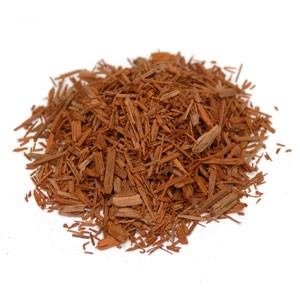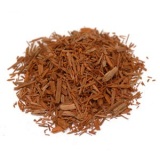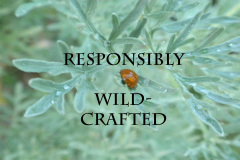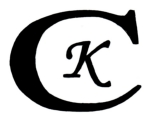- Store
- >
- Medicinal Plants
- >
- 1 oz. Red Sandalwood, coralwood, Pterocarpus soyauxii, Wild-crafted, Africa, c/s
1 oz. Red Sandalwood, coralwood, Pterocarpus soyauxii, Wild-crafted, Africa, c/s
Cut and sifted inner wood. One ounce bag. Good base for burning natural incense such as frankincense, myrrh or other herbs.
African padauk or African coralwood, aka Sandalwood is a useful multipurpose tree from the forested areas of Central Africa, producing fine wood, natural red dye, edible food and herbal medicine. Bark extracts are used in Africa to treat skin parasites and fungal infections. Leaves are high in Vitamin C. The wood is used for high-end musical instruments. The wood has a faint aromatic scent when freshly cut.
The powdered wood, baked with a slice of lime, is used in Gabon on wounds and -- mixed with palm oil, raffia oil or vegetable butter -- to treat skin diseases, ringworm and yaws. Probably due to its blood-red color, it is also used in native ritual ceremonies for circumcision, initiation, marriage, delivery and widowing. The bark contains a "kino" type resin (‘dragon’s blood’) which is very astringent and used to ward off skin parasites in ethno-veterinary medicine. In Gabon the resin is used (usually with other plant parts ) as an enema to treat dysentery and against toothache, gonorrhea and excessive menstruation. In Congo and the Central African Republic, a bark decoction is drunk to treat dysmenorrhea, uterine hemorrhage, dysentery and hemorrhoids. A pulp obtained by scraping the inner surface of the bark is applied as a wet dressing against inflammations, oedemas, incipient hernia and whitlow. Decoctions, draughts or vapor-baths of the leaves and bark are taken for broncho-pulmonary affections in Africa.
As a red dye-wood from Cameroon and Gabon, it was used in the wool and printed cotton industries. Because of its color fastness, it continued to be used to dye wool-cloth until the beginning of the 20th century in the US and in Europe to produce brick reds or to give a ground for greys and blacks dyed with logwood. As a dye for cotton-cloth, Pterocarpus soyauxii with a tin mordant gave the traditional red color of the printed red bandanas that were so popular in England in the 19th century. The resinous consistency of the dye gave the handkerchiefs added weight, characteristic of these items.




